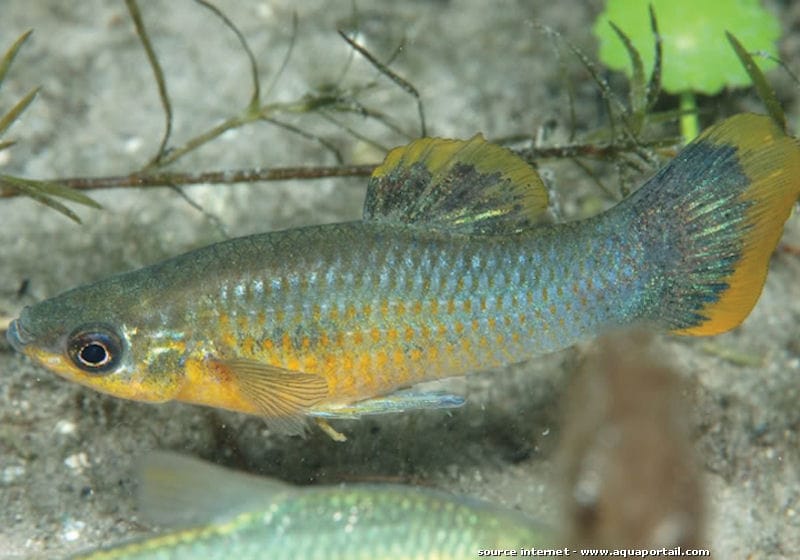Aquatic pornography
Philippa Skett on how bisexuality and fish porn have come together this week

New research published this week that involved female fish watching fish-porn, among other things, could possibly shed new light onto the causation of homosexuality, mating preferences and mate determination. Experiments on the tropical fresh-water fish species Poecilia mexicana presented interesting results that could solve the Darwinian puzzle of same-sex mating, despite it occurring in a multitude of species, including our own.
It has previously been found that female mate choice in certain species is dependent on information gathered whilst observing the social interactions of the candidates in mind, to determine if they are worthy of copulation. Social interactions observed can be sexual or not, and allow for an insight into the reproductive quality of the male in question. Such organisms, such as P. Mexicana, prefer to just sit back and watch the action, then go from there.
In particular, these nosy fish like to observe males consorting with other females, and tend to prefer mating with those that they have already observed getting frisky. This “sharing is caring” attitude is known as mate choice copying, and places a significant value on mating behaviour. However, with the social hierarchies seemingly experienced in high schools everywhere also common to fish shoals, it is often the case that some “subordinate” males cannot access the top notch females of the community. Listening to the song ‘Teenage Dirt bag’ allows for understanding of how this translates Homo sapiens, but, unlike two tickets to an Iron Maiden gig, these fish have developed something a bit sneakier to bag that mate.
These lonely males attempt to improve their mating chances by simply mating with each other to exploit the mate choice copying strategy, and it seems like this homosexual behaviour does the trick. P. mexicana are prone to a behavioural trait known as nipping, where males nip at the female genital opening prior to copulation, and this was filmed between two male fish, one notably less colourful and therefore less attractive, and shown to a female on a screen. It was found that a significant increase was observed in the females’ attraction to the drabber of the male pair, and not only that, as there was no significant preference between the males’ homosexual behaviour and heterosexual behaviour, it doesn’t seem to matter too much who you are screwing, as long as you are screwing someone in the eyes of these fickle females.
This therefore means that in this species of fish, being a bit more experimental can do you some favours if you are particularly unattractive male. However, does this translate to the wider world of homosexual occurrences?
Exclusive homosexuality so far has only been observed in humans, sheep and certain birds, although bisexual male mating behaviour is much more prominent. Homosexuality has been a Darwinian puzzle for decades, with it seemingly resulting in decreasing the male reproductive fitness, although new research is constantly honing in on what could cause homosexuality and why.
Many independent studies into human homosexuality have determined that people are probably born with their sexuality defined as opposed to being environmentally influenced. Differences in brain structure between homosexual males and heterosexual males have been noted, alongside the pattern of brain activation seen in homosexual men and heterosexual females being distinct from that of heterosexual men. Genetic markers on Xq28, a region on the X chromosome, and also possibly on three other chromosomes have been statistically linked to sexual orientation too.
Therefore considering the behaviourally-derived advantages of same sex mating alongside biological influences may provide an alternative view point of the evolution of this completely natural phenomenon. This research could further the dialogue about the intricacies behind same sex mating across the multitude of species it has been observed in, and bring us a step closer to understanding it fully.
So, regardless of the species involved, the evolutionary derivation it may have and what Westboro Baptist Church say on the matter, same sex mating is highly prevalent in nature, and it could be that it will be fully understood as to why within our lifetime. Until then however, tread carefully when from taking a leaf out of the P. mexicana book of love – what may work for these fish may not necessarily work for other species.










